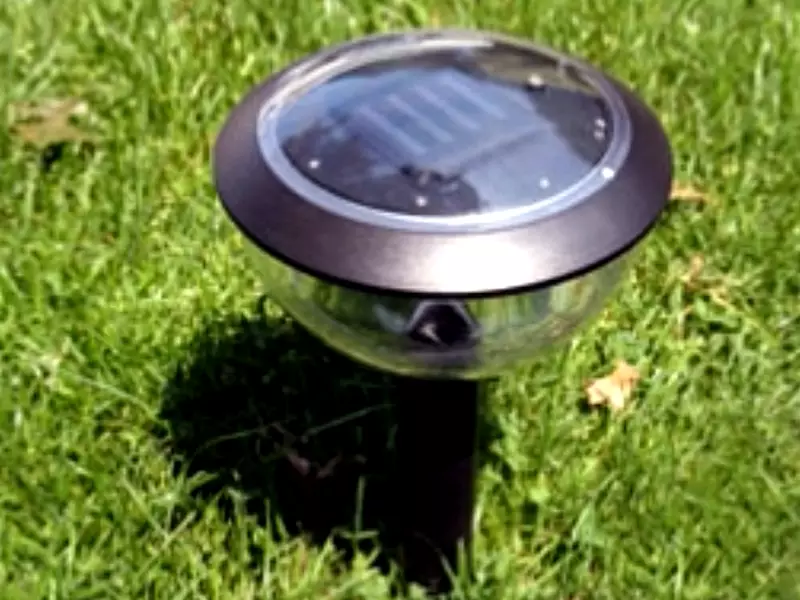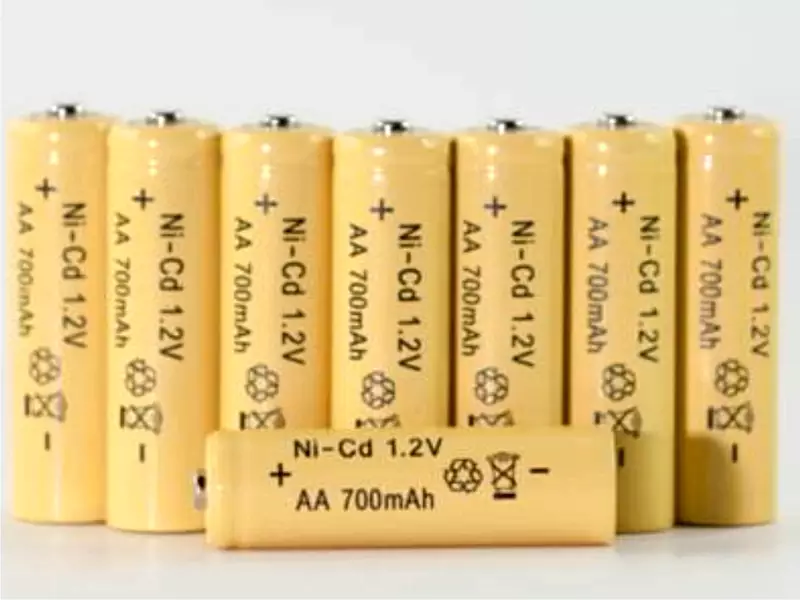Solar lights, an eco-friendly and cost-effective solution for outdoor lighting, have gained significant popularity in recent years. These ingenious devices convert sunlight into electricity during the day, storing it to illuminate our gardens, walkways, and patios once dusk falls. They’ve become an integral part of many households, offering a sustainable way to brighten up outdoor spaces.
Solar lights operate on the fundamental principles of photovoltaic technology. This involves capturing solar energy with a panel, converting it into electricity, and storing it in a battery for later use. At night, light sensors trigger the illumination process, providing bright, reliable lighting without any external power source.
A deeper understanding of how solar lights work can greatly benefit users. It aids in selecting the best-suited types for specific needs, maximizing charging efficiency, and implementing effective maintenance practices for long-lasting performance. So, let’s delve into the fascinating world of solar lights.
What Are Solar Lights?
Definition and Basic Functioning of Solar Lights
Solar lights are lighting fixtures that utilize sunlight as their power source. The solar panel, the heart of the system, absorbs sunlight and converts it into electricity. This energy is then stored in a rechargeable battery. When the light sensor detects darkness, it triggers the stored electricity to power the LED lights, illuminating the surrounding area.

Benefits of Using Solar Lights
The use of solar lights brings multiple advantages. These include energy efficiency, reducing carbon footprint, easy installation, low maintenance, and cost savings over time. They are an ideal choice for anyone seeking a sustainable, environmentally-friendly, and budget-conscious lighting solution.
How Do Solar Lights Work?
Solar Photovoltaic Technology: An Overview
Solar lights operate on the principles of photovoltaic technology. Essentially, the solar panel comprises photovoltaic cells that generate an electric current when exposed to sunlight. This process, known as the photovoltaic effect, is the core mechanism behind solar light operation.
Key Components of a Solar Light
A solar light comprises four primary components: a solar panel, battery, light sensor, and LED lights. The solar panel absorbs sunlight and produces electricity. The battery stores this electricity for later use. The light sensor detects ambient light levels and turns on the LED lights when it gets dark.
Solar Light Charging Process during Daytime
During daylight hours, solar panels on the lights absorb photons from sunlight. These photons excite the electrons in the photovoltaic cells, producing electricity. This electricity charges the battery within the light, preparing it for use once the sun sets.
How Solar Lights Illuminate at Night
Once darkness falls, the light sensor recognizes the reduced light level and triggers the release of stored electricity from the battery. This energy then powers the LED lights, providing bright illumination without the need for any external power source.

What Are the Different Types of Solar Lights?
Solar Path Lights
These are primarily used to illuminate walkways, driveways, and garden paths. They’re typically installed into the ground with stakes and provide a warm, inviting glow.
Solar Spot Lights
Solar spotlights are designed to highlight specific features in your outdoor space, like a tree, statue, or architectural element. They provide a brighter and more focused light beam compared to other types.
Solar Flood Lights
Solar floodlights offer the highest intensity of light. They’re perfect for large areas like driveways, backyards, or any area where a large amount of light is needed.
Solar String Lights
Solar string lights are often used for decoration. They add a festive touch to gardens, patios, and outdoor events, and come in a variety of colors and designs.
Solar Deck Lights
These lights are designed for installation on deck posts and railings. They add safety and ambiance to your deck area.
Solar Landscape Lights
Landscape solar lights help enhance the aesthetic appeal of your garden or yard. They come in a variety of designs to complement your outdoor decor.
Solar Lanterns
Solar lanterns are portable and versatile. They can be hung, placed on a surface, or carried around. They’re perfect for camping trips or backyard picnics.
Comparison and Use Cases of Different Types of Solar Lights
Each type of solar light has its unique benefits and appropriate use cases. For example, if you wish to highlight a garden statue, solar spotlights would be an excellent choice. On the other hand, to create an enchanting ambiance for a garden party, solar string lights or lanterns would be ideal. Understanding these differences helps in choosing the right solar light for your needs.

How Do Solar Lights Charge?
Role of Solar Panels in Charging
The role of solar panels in solar light operation is critical. Solar panels are equipped with photovoltaic cells that absorb sunlight and convert it into electricity. This electricity is used to charge the solar light’s battery throughout the day.
How Long Do Solar Lights Take To Charge?
On average, solar lights need about 4 to 12 hours of sunlight to fully charge. However, this can vary based on the intensity of sunlight, type of solar light, and the capacity of the battery.
Do Solar Power Lights Need To Be Turned On To Charge?
Most solar lights are equipped with automatic charging systems that work even when the light switch is off. However, some models may require the switch to be turned on for charging. Always check the manufacturer’s instructions to ensure proper charging practices.
Will Solar Lights Charge On A Cloudy Day?
Solar lights can still charge on cloudy days, but the efficiency of charging might be reduced. Less sunlight reaching the solar panels means less electricity produced. However, modern solar panels are designed to work in lower light conditions, ensuring some charge is still gained.
Influence of Weather and Season on Charging Efficiency
Solar lights charging efficiency can be influenced by the weather and season. Long sunny days in the summer offer more hours for charging compared to the shorter days in the winter. Furthermore, heavy cloud cover or prolonged rainy days can reduce the amount of sunlight reaching the panels, affecting charging efficiency.
Importance of Optimal Placement
Placement of solar lights plays a crucial role in their charging efficiency. They should ideally be placed in areas that receive maximum sunlight throughout the day. Avoid placing them in shady areas or where their panels may get covered or blocked.
How to Install and Arrange Solar Lights
How Do You Install Solar Lights?
Installing solar lights is a straightforward process. Most of them come with stakes or mounting hardware for easy installation. Some may require simple assembly. Ensure that they are placed in a location with ample sunlight exposure for optimal charging.
How Far Apart Should You Place Solar Lights?
The spacing between solar lights depends on the type of light and the area you want to illuminate. For path lights, a distance of 6 to 10 feet between each light is commonly recommended. However, for spotlights or floodlights that cover a larger area, wider spacing may be suitable.
Tips for Optimizing Solar Light Placement and Orientation
For optimal performance, aim to position solar lights where they will receive maximum sunlight throughout the day. Avoid placing them under trees or in the shadow of buildings. Moreover, ensure the solar panel is clean and oriented towards the sun for efficient energy absorption.

Common Issues and Troubleshooting Solar Lights
Why Aren’t My Solar Lights Working?
Several issues could cause solar lights to malfunction, including dirty solar panels, depleted batteries, or faulty sensors. If your solar lights aren’t working, consider checking these components and replace if necessary.
Why Are My Solar Lights Flashing?
If your solar lights are flashing, it could indicate a low battery level or a problem with the LED bulb. Recharging or replacing the battery, or checking the bulb, can help resolve the issue.
What Does A, B, and C Mean On Solar Lights?
Some solar lights come with an A, B, and C switch. ‘A’ usually indicates an automatic mode where the light charges during the day and illuminates at night. ‘B’ might be an off mode, and ‘C’ can be a steady-on mode. However, this can vary across different brands, so it’s best to check the product’s user manual.
Maintaining Solar Lights for Optimal Performance
Can You Use Regular Batteries for Solar Lights?
Solar lights typically use rechargeable batteries specially designed to handle the charge and discharge cycles. Regular batteries might not be as efficient or long-lasting. Always consult the manufacturer’s recommendation before replacing batteries.
Can You Leave Solar Lights Out In The Winter?
Yes, you can leave solar lights out in the winter. However, they may not charge as efficiently due to fewer daylight hours and less intense sunlight. Be sure to clear off any snow that accumulates on the solar panel to improve charging efficiency.
How To Clean Your Solar Lights
Regularly cleaning your solar lights can improve their performance. Use a soft cloth or sponge to gently wipe down the solar panel, removing any dust or debris. Avoid using harsh chemicals or abrasive materials that could damage the panel.
Conclusion
Solar lights are an excellent, eco-friendly solution for outdoor lighting needs. Understanding their functioning, types, charging process, and maintenance can enhance their performance and longevity.
By selecting the right type, ensuring optimal placement for efficient charging, and performing regular maintenance, you can enjoy bright, sustainable lighting for your outdoor spaces.
